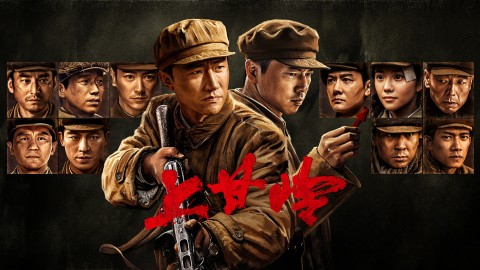The Hope: A Thought-Provoking Drama Exploring Education, Student Growth, and Resource Allocation
In the TV series "The Hope," Lei Ming quietly enters Minglong High School as a representative of an educational training institution, aiming to fulfill his own ambitions. He forms Class 11 and embarks on a journey of companionship and guidance with five special students, exploring academics and life. This educational-themed storyline has sparked people's reflections on the education system, student growth, and the distribution of educational resources.
Firstly, Lei Ming, as a representative of a commercialized educational training institution, enters the school to serve his personal agenda, treating the students as experimental subjects. This raises concerns about the commercialization of education. In reality, the education industry is gradually becoming commercialized, with various training institutions emerging. Whether this commercialized education truly serves the growth of students or focuses more on profits has become a controversial topic.
Secondly, Lei Ming guides the special students through unique teaching methods, providing companionship and guidance in their academics and life. Special students often face challenges within the traditional education system. The personalized teaching methods depicted in the TV series may offer insights and encourage society to pay more attention to the development of special education, thereby increasing care for this group. This becomes a topic worthy of in-depth exploration.
Meanwhile, the collaboration between Lei Ming and Wang Yun Yang may hide deeper intentions, triggering audience contemplation about the allocation of educational resources. Overall, the TV series "The Hope," through the character of Lei Ming, touches upon a series of sensitive and noteworthy topics, including the commercialization of education, special education, and the distribution of educational resources.
These topics involve various aspects of society, not only addressing issues within the education system but also reflecting social norms and cultural perspectives.


